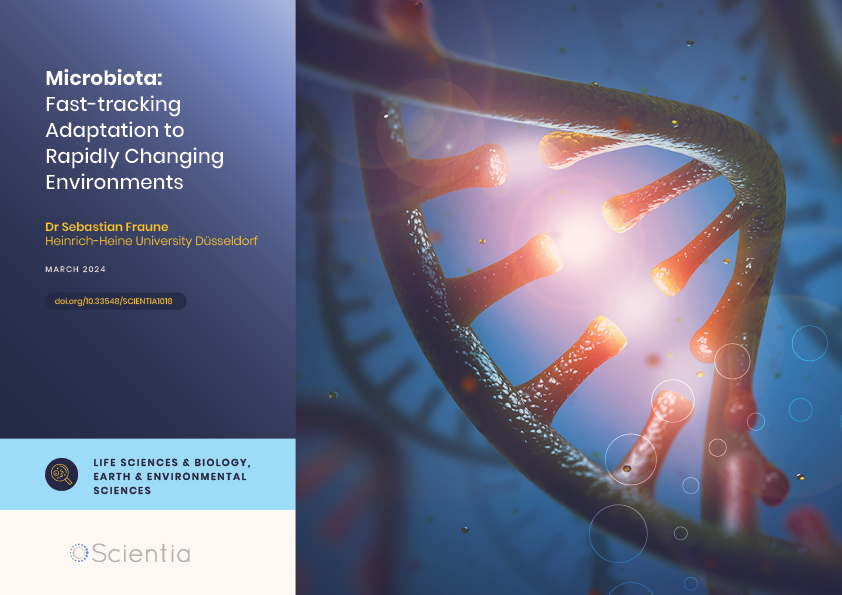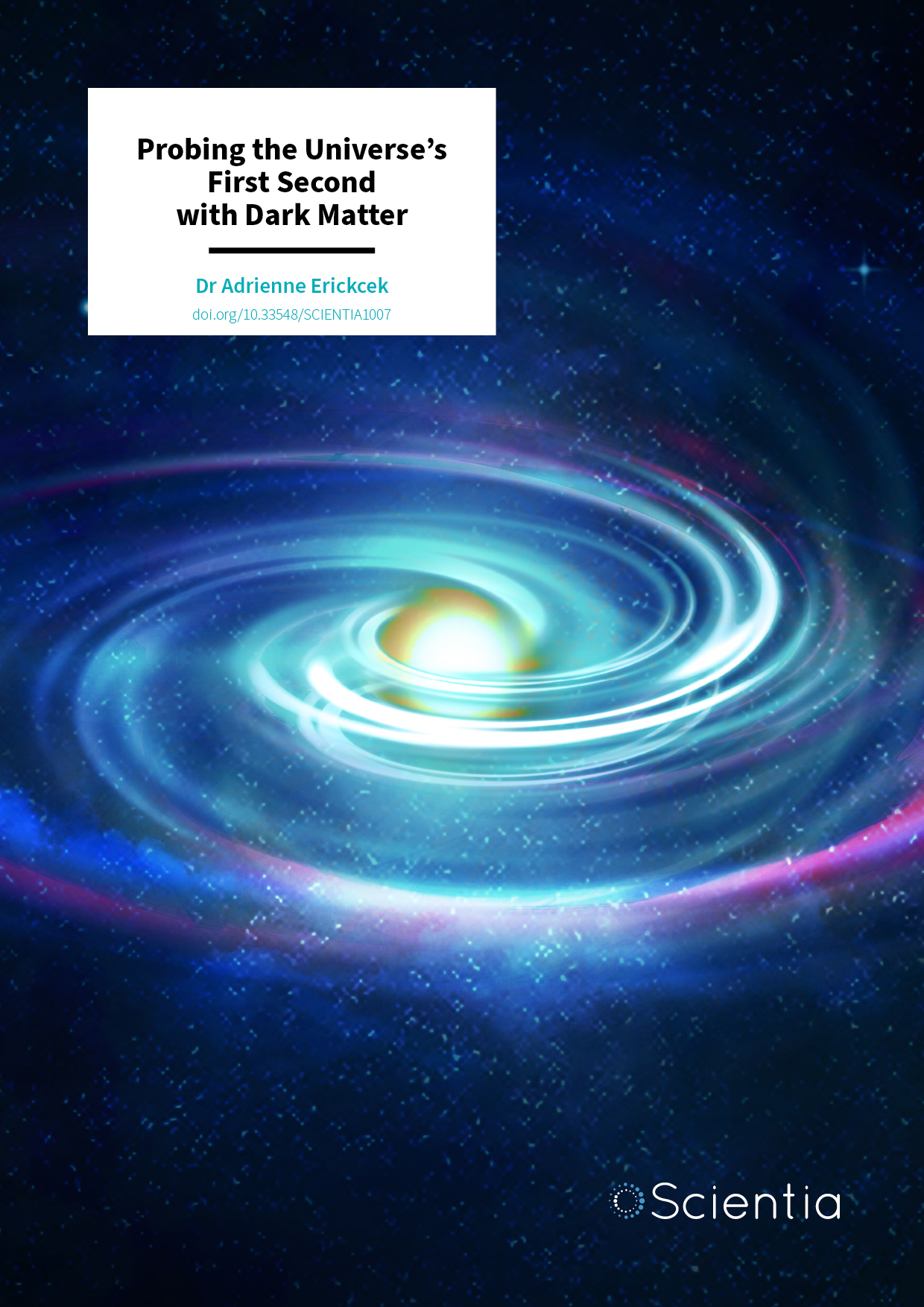Dr Timothy Beers | Mapping the Galaxy’s Stellar Populations Using Large Photometric and Astrometric Surveys
Astronomers often use spectroscopic (electromagnetic radiation) data and astrometric (motion and positional) data to develop working models describing our Galaxy. Dr Timothy Beers from the University of Notre Dame and his collaborators in Korea and China combined large photometric (visible light) surveys and astrometric data to create multidimensional maps of a large part of the Galaxy. By highlighting significant inhomogeneities in stellar-chemical compositions, motions, and spatial distributions, Dr Beers and his colleagues provide valuable insights into how we can advance our understanding of the formation and evolution of our Galaxy.
The Milky Way
Astronomers have studied the night sky for thousands of years in the hope of unravelling the secrets and origins of our galaxy – the Milky Way. Modern instrumentation and techniques, such as advanced telescopes and spectroscopes (to measure electromagnetic radiation), allow astronomers to explore the structure and composition of the Galaxy’s stellar populations and better understand their origins.
Simple models of spiral galaxies such as the Milky Way describe a disk along the central axis, which is composed of gas, dust, and generally metal-rich stars, surrounded by a spherical halo containing older, metal-poor stars. Astronomers consider ‘metals’ to be any element heavier than the three lightest species, hydrogen, helium, and lithium, which formed in the Big Bang. Heavier elements, such as carbon, oxygen, magnesium, and iron were formed by nucleosynthesis in stars over the long history of the Universe.
Our Sun is considered a metal-rich star, even though its total content of metals is only about 2%. Metal-poor stars are much lower in their metal content (10, 100, 1000 times, down to a hundred million times lower) than the Sun in their abundances of metals ( ‘metallicity’). They become much rarer and more difficult to find as their metallicity decreases.
Dr Timothy Beers from the University of Notre Dame refers to these metal-poor stars as the ‘jewels of the night sky’, as they contain precious information about the history of chemical evolution in the Universe.
Modern Galactic Models
In recent years, astronomers have furthered our knowledge of the Milky Way by combining visible and near-infrared spectral data from large astronomical surveys such as the Sloan Digital Sky Survey (SDSS), astrometric data (star positions and movements) from the Gaia survey of more than a thousand million stars across the Milky Way, and targeted spectroscopic analyses for stars of particular interest. They showed that the halo of our Galaxy is dominated by two distinct, spatially overlapping metal-poor stellar populations referred to as the inner-halo (IH) and outer-halo (OH) components.
Contrary to older Galactic models, astronomers also discovered a large number of relatively metal-rich stars that move like halo stars, and groups of metal-poor stars that move like disk stars, and highlighted the inhomogeneous nature of the halo’s spatial, chemical, and kinematic (motion-based) properties. Researchers also believe that a large fraction of local halo stars were born in a progenitor dwarf galaxy named Gaia-Enceladus (GE), which merged with our Galaxy about 8–11 billion years ago. All this complicates the overall picture of stellar populations.
Issues with Sample Size
Despite the clear advances provided by spectroscopy-based approaches, such efforts are often limited by complex target-selection functions. Reconstructing the multidimensional structure of the Galaxy’s stellar populations using spectroscopic data also means researchers often have to combine information from various surveys, which may have employed different selection functions. This makes it difficult to describe the interrelations between Galactic components and define their distinct characteristics.

New Star Analysis Approach
Photometric imaging (measuring visible light intensity) data-based techniques provide a potential solution, as these are far less affected by sampling bias. Photometric imaging data obtained using filters for various wavelengths of light can be calibrated using data from stars with known metallicities to map the properties of the stellar populations. This provides astronomers with a vastly expanded Galactic range for more detailed investigations.
Dr Beers and his international team have developed a powerful new Galactic analysis method that draws on a synoptic view of spatial, chemical, and kinematic stellar distributions based on large photometric survey databases. Their method involves calculating the metal abundances of individual stars using broadband and/or narrow-photometry, and combining this with astrometric data to create a multidimensional star map across a large part of the Milky Way, including many of the recognised components in the halo and disk systems of the Galaxy.
Star Characteristics
In their first explorations, Dr Beers and his team estimated the distance, metallicity, and mass of each star by determining a best-fitting model for SDSS photometric catalogue data. They also used data from a deeper ultraviolet-range photometric survey, the South Galactic Cap of the u-band Sky Survey, to finetune the metallicity calculations.
A primary probe of the nature of stellar populations is the orbital rotation around the Galactic centre. Although accurately measuring the rotational velocities (the rate of rotation) of stars around the Galaxy’s centre technically requires full three-dimensional knowledge of their motion, these data were not available for most of the stars described in Dr Beers’ model.
The team sidestepped this issue by calculating rotational velocities using the distances and motions of stars lying within 30 degrees of the Prime Meridian, a line that passes through the Galaxy’s centre and is perpendicular to the direction of motion in the Galactic disk.
The team checked their calculations against known values near the Prime Meridian, and found only small deviations in the derived rotational properties for stars in the vicinity of the Prime Meridian compared to those derived from stars with complete kinematic information. This allowed Dr Beers to apply the approach to determine rotational velocities for many millions of stars in this portion of the Milky Way.
An Inhomogeneous Galaxy
Dr Beers combined star metallicity and motion data along the Prime Meridian to map metallicity against rotational velocity, using his approach to visually identify and delineate the boundaries of each galaxy component with unparalleled completeness.
Intriguingly, the team found clear separations between the Galaxy’s recognised components. For instance, their map indicates that the IH and GE are actually separate components, which could mean that the Galaxy’s IH star distribution is less centrally concentrated and ellipsoidal than previously thought.

Understanding Star Formation
A star’s ratio of alpha elements (atomic elements created through the fusion of atomic nuclei with two protons and two neutrons) compared to its iron-peak elements (stars with similar numbers of protons in their nucleus to iron) indicates the type of supernova that produced and dispersed the elements, thus unlocking key information about the star-formation history.
Spectroscopic studies previously showed that metal-poor halo stars with more circular (compared to elliptical) orbits had high alpha-element abundances with respect to iron, whereas GE stars showed lower alpha-element abundances, suggesting that IH stars came from a more active star-formation environment. Dr Beers and his colleagues found that stars in the OH component had low metallicities and low α-element abundances, indicating that these may originate from the disruption of low-mass dwarf galaxies that merged into the Milky Way.
The team also observed substructures in the metallicity distributions of their stellar map, with the observed halo metallicity deviating from the once-accepted single-peak distribution. Complex substructures emerged, with various contributions from individual stellar populations, some of which showed clear double peaks at low metallicities. These findings provide clear evidence for multiple stellar populations in the halo. Similarly, they were able to separate different stellar populations in the disk system.
Blueprint for Star Identification
The Galactic map developed by Dr Beers and his colleagues reveals a more intriguingly complex picture of the Milky Way than previously envisioned. The less-biased, more comprehensive map obtained by the team shows the advantages of using photometry data. This provides a pathway for refining our understanding of the Galactic halo and disk systems using ongoing and future photometric surveys and larger, more precise astrometric catalogues. Dr. Beers describes putting together this puzzle by ‘looking at the picture on the front of the box’, drawing an analogy between figuring out how the more than 200 thousand million stars in the Milky Way were assembled and how humans put together large picture puzzles containing thousands of individual pieces.
The approach used by Dr Beers and his colleagues could be used as the ‘blueprint’ for methods identifying key stars of interest to be targeted in future spectroscopic projects, thus greatly enriching and expanding our knowledge of the Galaxy.
SHARE
DOWNLOAD E-BOOK
REFERENCE
https://doi.org/10.33548/SCIENTIA1020
MEET THE RESEARCHER

Dr Timothy Beers
Department of Physics and Astronomy,
University of Notre Dame
Notre Dame, IN
USA
Dr Timothy Beers studied galaxy cluster structure and evolution as a PhD student at Harvard University. As a Bantrell Postdoctoral Fellow at the California Institute of Technology, he demonstrated the importance of substructure in galaxy clusters in indisputably seminal work. From 1986 to 2011, Dr Beers was appointed as a faculty member at Michigan State University and named University Distinguished Professor in 2007. Dr Beers served as Director of Kitt Peak National Observatory from 2011 to 2014, before accepting a chaired professorship at the University of Notre Dame. Dr Beers is currently the Grace-Rupley Professor of Physics at the University of Notre Dame. In 2017, Dr Beers founded the R-Process Alliance (RPA) collaboration to identify stars with distinctively high abundances of neutron-capture elements in the Milky Way’s halo, more than quadrupling the total of these known rare stars. Dr Beers and his colleagues developed a technique for using astrometric data and large-scale spectroscopic surveys to identify dynamically similar groups of stars in the halo and disk system of the Galaxy, which inform astronomers about its assembly history. Dr Beers has supervised over 50 undergraduate and graduate students to date, 19 of whom have been awarded PhDs, and published over 580 papers in the scientific literature. With a legacy that spans decades, Dr Beers remains at the forefront of astronomical research, aiming to further our understanding of the formation and evolution of the first generations of stars in the Galaxy and Universe.
CONTACT
E: tbeers@nd.edu
W: https://physics.nd.edu/people/timothy-beers/
Facebook: https://www.facebook.com/ndscience/
Instagram: @notredamescience
X: @notredame
KEY COLLABORATORS
Dr Deokkeun An, Ewha Womans University, Korea
Dr Yang Huang, University of Chinese Academy of Science, China
FUNDING
The researchers gratefully acknowledge funding from:
US National Science Foundation
US Department of Energy
US National Aeronautics and Space Administration
National Key R&D Program of China
National Natural Science Foundation of China
National Research Foundation of Korea
Center for Galaxy Evolution Research, Korea
FURTHER READING
Y Huang, TC Beers, et al., Beyond Spectroscopy. I. Metallicities, Distances, and Age Estimates for Over 20 Million Stars from SMSS DR2 and Gaia EDR3, The Astrophysical Journal, 2022, 925(2), 164. DOI: https://doi.org/10.3847/1538-4357/ac21cb
D An, TC Beers, A Blueprint for the Milky Way’s Stellar Populations: The Power of Large Photometric and Astrometric Surveys, The Astrophysical Journal, 2020, 897(1), 39. DOI: https://doi.org/10.3847/1538-4357/ab8d39

REPUBLISH OUR ARTICLES
We encourage all formats of sharing and republishing of our articles. Whether you want to host on your website, publication or blog, we welcome this. Find out more
Creative Commons Licence (CC BY 4.0)
This work is licensed under a Creative Commons Attribution 4.0 International License. 
What does this mean?
Share: You can copy and redistribute the material in any medium or format
Adapt: You can change, and build upon the material for any purpose, even commercially.
Credit: You must give appropriate credit, provide a link to the license, and indicate if changes were made.
SUBSCRIBE NOW
Follow Us
MORE ARTICLES YOU MAY LIKE
Professor Gary Yohe | Navigating Climate Change: The Impactful Contributions of Gary Yohe
Professor Gary Yohe is a distinguished environmental economist whose work has been pivotal in shaping our understanding of climate change impacts, adaptation strategies, and policy frameworks. His interdisciplinary approach combines economics with environmental science, offering nuanced insights into global warming and its multifaceted impacts on natural and human systems. Professor Yohe equips us with the knowledge and strategies needed to navigate the complex and pressing challenges posed by climate change.
Dr Sebastian Fraune | Microbiota: Fast-tracking Adaptation to Rapidly Changing Environments
As climate change continues at an unprecedented pace, the processes of natural selection and genetic mutation can no longer fully explain how some organisms adapt to their rapidly changing environments. Dr Sebastian Fraune from Heinrich-Heine University and an international team of researchers are the first to demonstrate a causal relationship between changes in the microbiome and changes in thermal tolerance. They propose that microbiota-mediated transgenerational acclimatisation can account for how animals adapt to their environments in much shorter periods of time than classical theory would predict.
Dr Attila Borovics | Mitigating Climate Change: The ForestLab Project
Our forests provide important recreational, social, ecological and economic functions. The ForestLab project, led by Dr Attila Borovics at the University of Sopron in Hungary, has been set up to simultaneously protect and utilise this pre-cious resource. Their recent findings point to the importance of addressing ‘old wood’, that is, unused wood stock that currently exists in Hungarian forests and adopting technologies for forest management in the near future.
Dr Adrienne Erickcek | Probing the Universe’s First Second with Dark Matter
Dr Adrienne Erickcek at the University of North Carolina is working with colleagues to provide new insights into this mysterious substance. The team is currently investigating how the expansion history of the early Universe affects how dark matter is distributed throughout the cosmos and the implications these structures have for the origins of dark matter itself.





